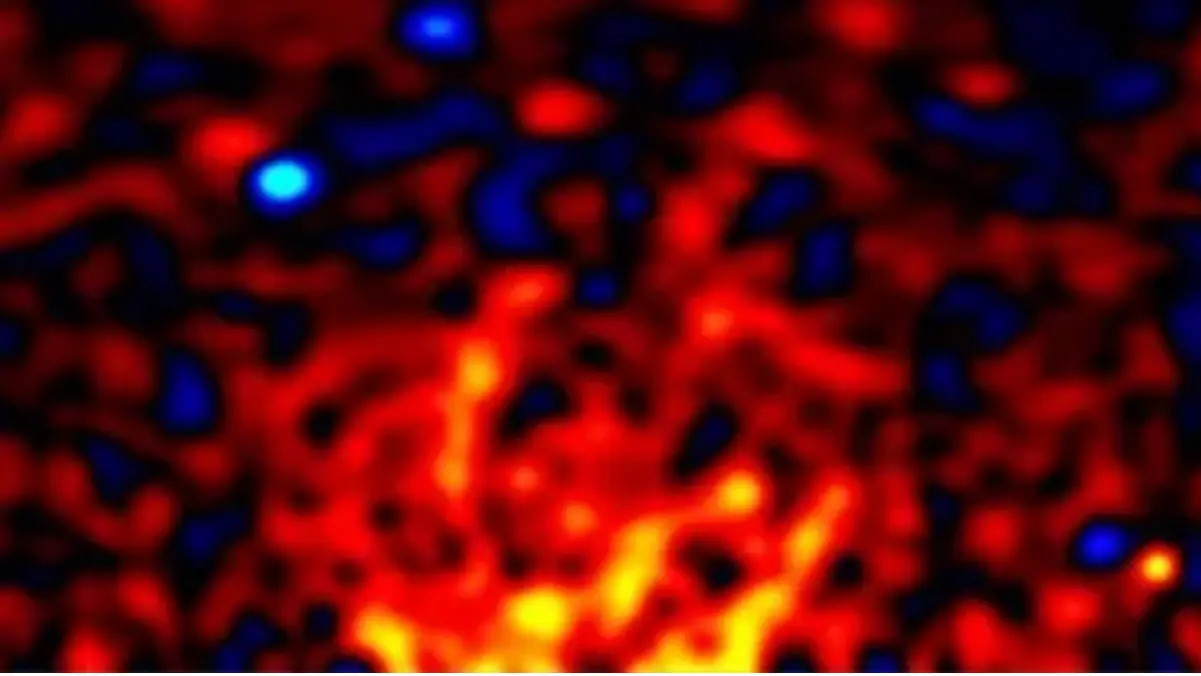Scientists may have finally seen dark matter for the first time in history, sparking huge excitement in the space community
-
 Image sourced via Tomonori Totani, The University of Tokyo
Image sourced via Tomonori Totani, The University of TokyoDark matter has always been one of the biggest puzzles in space science. We know it exists because of the way galaxies move, but no one has ever been able to see it directly.
Now, a new study suggests that NASA’s Fermi gamma-ray space telescope may have captured the first real signs of this invisible substance. If this is confirmed, it could become one of the most important discoveries in modern science.
What exactly is dark matter?
Dark matter was first proposed in 1933 when scientists observed that galaxies were spinning too rapidly. They should have broken apart, but something unseen was holding them together. Later studies showed that galaxies reside within large, invisible halos of this hidden matter.
What makes dark matter special is that it does not give off light, reflect light, or absorb light. This means regular telescopes cannot see it at all. Although it is invisible, scientists believe that dark matter accounts for approximately 85% of all matter in the universe. The things we can see — stars, planets and life on Earth — make up only 15%.
The discovery and why it matters
A team of researchers led by Tomonori Totani from the University of Tokyo used NASA’s Fermi spacecraft to study the centre of the Milky Way. This is the area where dark matter is believed to be the most concentrated.
The team detected a strong signal of gamma rays, which are powerful forms of light that cannot be seen with the human eye. What excited the scientists was that these gamma rays match what would happen if a type of dark matter particle — called WIMPs — collided and destroyed each other.
In simple words, the gamma-ray glow looks exactly like what scientists expected to see if dark matter was there.
No ordinary space object explains this glow
Totani and his team also stated that the gamma-ray pattern does not match anything else typically found near the center of the galaxy, such as black holes or exploding stars. This makes the result even more interesting.
Still, scientists want more data before making any final announcements. A discovery of this importance requires very strong evidence.
Why the space community is excited
If this finding is confirmed, it would be the first time in history that dark matter has been directly “seen.”
This would help answer many long-standing questions about how the universe formed, how galaxies stay together and whether new kinds of particles exist beyond what current physics can explain.
A discovery that could change how we understand the universe
While further research is needed, this study represents a significant step forward. Detecting dark matter directly would open a new chapter in astronomy and physics.
For now, scientists around the world are watching closely, hoping this could finally be the breakthrough they’ve been waiting for — a first real look at the invisible matter that shapes our entire universe.
TOPICS: Dark Matter